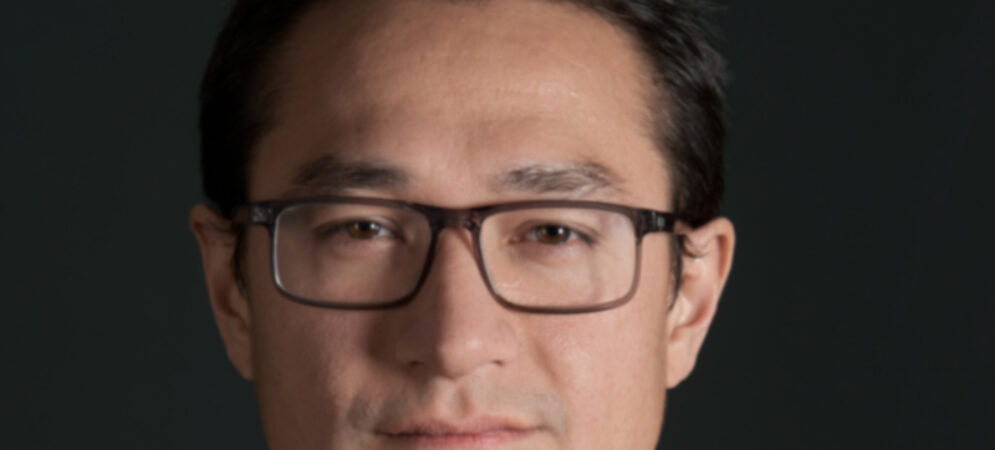Meet Max Rheiner
Max Rheiner is the CEO and founder of the company Somniacs AG, a spin-off of the Zurich University of the Arts (ZHdK), which transformed the research project ‘Birdly’ into a commercial product. Further, he has been teaching in both the bachelors and masters programs for the Department of Interaction Design, since 2006. He received his Diploma from Zurich University of the Arts in the field of New Media Arts, in 2003.
The main areas of discipline that he specialises in are ‘Immersive Experiences’, ‘Embodied Interaction’ and ‘Physical Computing’. Of these topics, he conceived and developed the Physical Computing Laboratory for the Department of Interaction Design and is running the Immersive Experience Lab since 2016.
1. How did you get your idea or concept for the business?
Our company started as a spin-off of an art/design research project at the Zurich University of the Arts, where I hold a teaching position. The project’s goal was to explore the limits and possibilities of full sensory immersion in virtual reality. The project generated so much response that we decided to launch a commercial product out of the insights of our research.
2. What’s your company’s vision?
Forever change the way humankind experiences the world.
3. What is unique about your business?
We create solutions to travel with your mind and we facilitate VR as the medium to transport this. As a company we produce our own hardware, software and experiences to enable this vision.
For us, immersion is a holistic approach where all senses play into the illusion of reality which therefore is also true regarding the creation of our work.
4. What is your biggest achievement so far?
I have always been fascinated where this journey has led us in such a short amount of time. Starting as a small university project, we now have delivered Birdly simulators to nearly every continent, from North America, Europe, the Middle East to Asia, inspiring people young and old.
5. How do you see your company in 10 years?
I hope my company is able to grow in a way that we can materialize our visions and maybe wildest dreams.
6. What are you like as an employer?
Since we are a small company, we are very flat organized, so no big chain of commands. We all work very closely together and everyone can bring in their talents and not only for the job profile people were originally hired for. For example: While creating our content experiences we receive input from everyone in the company, from accounting to the technical support team.
7. What do you think are the biggest challenges facing the XR industry? How do you deal with them?
The XR industry is vast and I can only reflect on our industry segment (LBE) where currently the biggest pain point is the COVID pandemic. Its impact clearly demonstrated how fragile the segment of XR in the LBE market still is. Since it is a fairly new business area, we continuously need to advocate its value and evolve to a more mature state, demonstrating that VR is a valid solution in this segment.
8. How do you handle adversity and doubt?
With constant work and efforts to overcome these obstacles, may it be of technical or human nature.
9. If you had one piece of advice to someone just starting out in VR/AR, what would it be?
Technology is changing fast, but to express your ideas you need to be able to swiftly create prototypes. Here I don’t mean you need to get to an engineering level of hardware or software development, but you should be able to quickly prototype your ideas in ways that you can showcase and test your immersive creations. Only through these iterations can you grow and let others participate in your ideas.
10. Which habit do you wish you could break?
Everyday challenges and problems quickly entangle your thoughts, bind and block your big ideas and visions. To keep those ideas fresh and vivid is a challenge. So structuring your daily routine is definitely needed.
11. What does creativity mean to you?
Creativity is for me an expression and a medium to communicate.
12. Which book has inspired you the most?
I love the book “Star Maker” by Olaf Stapledon because of its audacious and odd directions of thinking.
13. What do you do when you’re not at work?
Actually, I still teach ‘Interaction Design’ at the Zurich University of Arts, which is also work, alongside the work for my own VR company. Otherwise, I am the father of a newly born daughter which keeps me happy and busy.
14. Who do you see as an inspiration in the industry? (Please name up to 3 people from the XR industry)
I do not like to think of role models, therefore I do not have a list of people.
